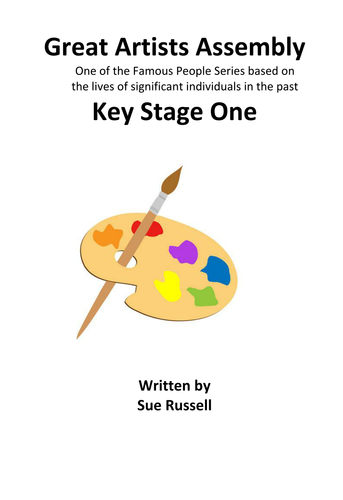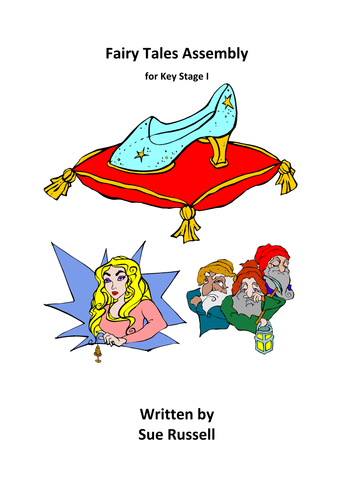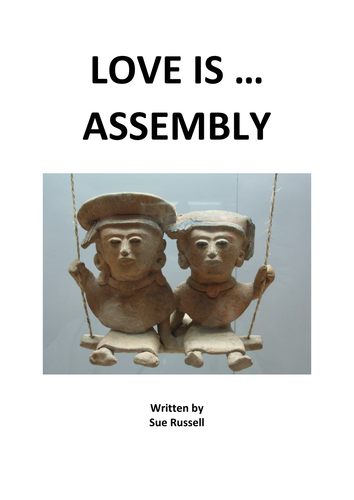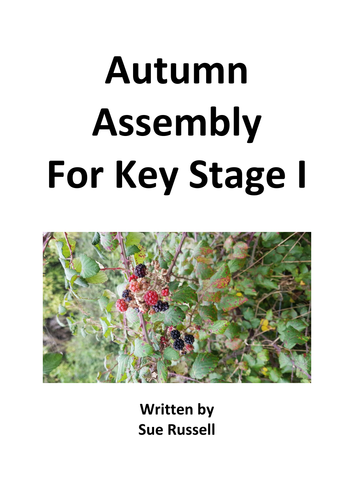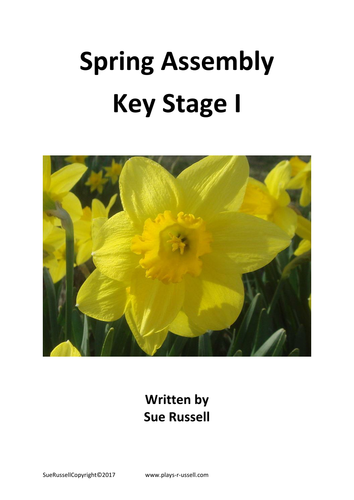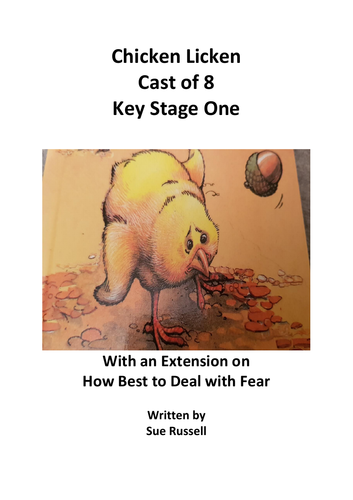Sue Russell's Shop
I have just started adding my plays to TES (over 400)!but this will take time! All my assemblies/class plays and guided reading scripts are on www.plays-r-ussell.com and I am happy to write on request. I have converted the entire History Key Stage II curriculum into play format - and much of the other subjects such as Science, Geography, PSHE etc. I cover events such as the Olympics and have received great feedback from teachers around the world! Writing is my passion - hope you enjoy my work!


